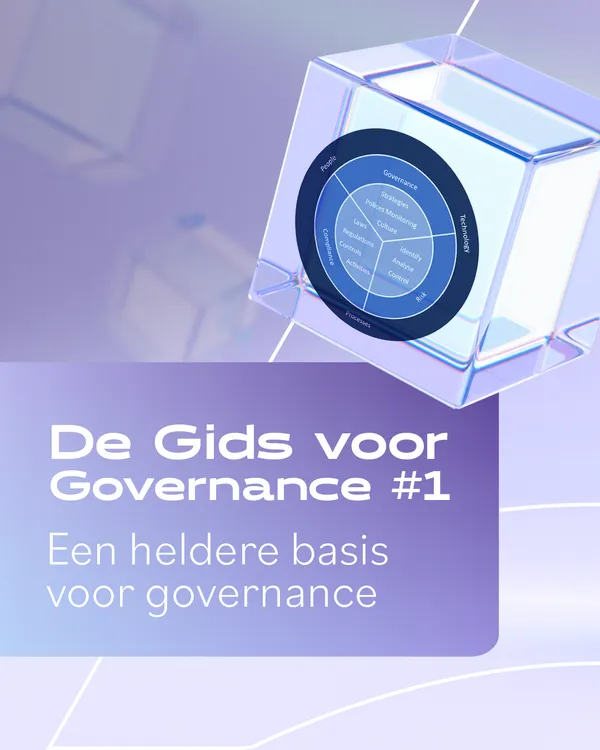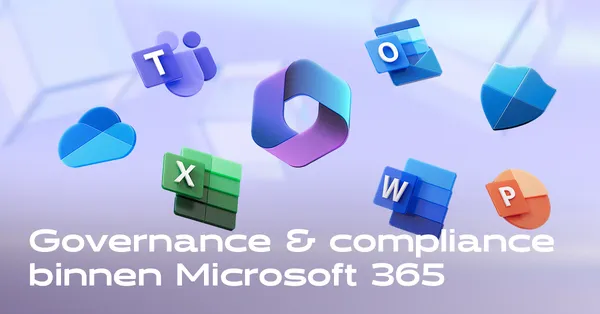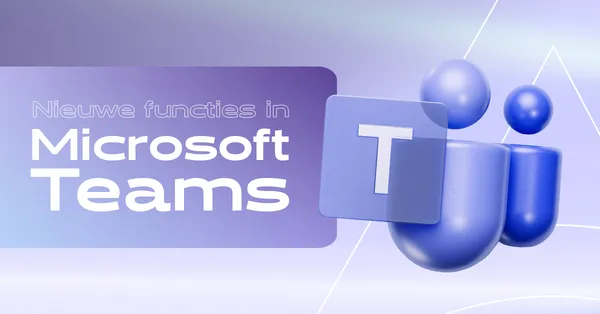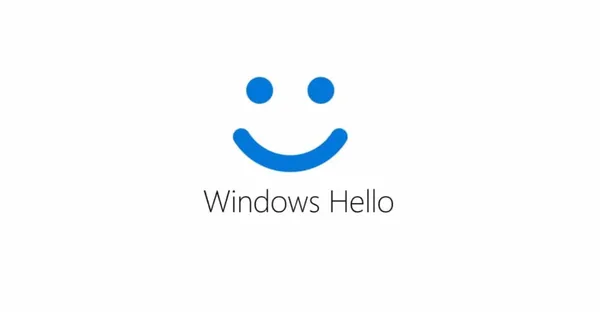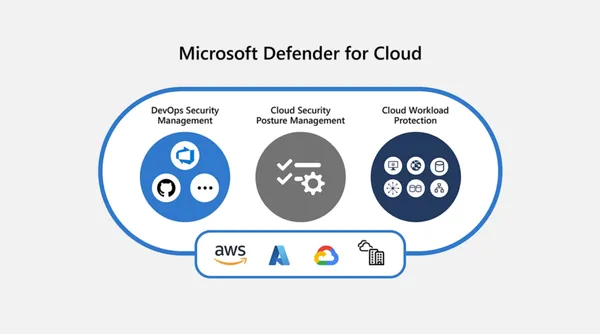
Knowledge base
August 08, 2021
5 reasons to use Microsoft Teams instead of emails
Email has long been the mainstay of team communication and collaboration. Despite also being the bane of effective collaboration, for many organizations it remains at the heart of how teams communicate and collaborate.
Part of the Office 365 suite of business services, Microsoft Teams is a modern alternative to email, enabling clear, efficient and effective communication and collaboration, both with internal teams and with external partners. Here are five top reasons why you should use Microsoft Teams instead of email for team collaboration.
Promote open communication and teamwork
Emails are addressed directly to one or more people, meaning that not only do you risk excluding someone who could be valuable to the discussion, but you also likely clog the inboxes of people who don’t really need to be. . concerned.
With Microsoft Teams, discussions can be viewed by everyone on the team without actively interfering with their work or cluttering their inboxes. People can then choose to contribute to the discussion if they have something useful to add, otherwise they can just stay on top of the conversation without getting involved. Such open communication helps to keep everyone informed about team activities, while encouraging teamwork and knowledge sharing.
Reduce distractions and stay focused
We all have a constant stream of emails landing in our inboxes, whether they’re ongoing discussions, new questions, or maybe threads we’re just cc’d into to keep us “in the loop.” We can do our best in Outlook to create subfolders and rules to try to stay organized, but inevitably the flow of emails all demanding our attention creates distraction and overwhelm.
With Microsoft Teams, collaboration happens through the right channel, keeping all communications and files naturally grouped, organized, and structured without other unrelated things clouding the water. For example, here at Grassroots IT we have a channel in Teams dedicated to collaboration around our marketing content, and another channel dedicated to Priority 1 customer emergencies. As you can imagine, if our staff is focused on a customer emergency, we don’t want them to be distracted by discussions about blog posts!
Use of discussion threads
An email discussion only stays organized if one person at a time replies to the most recent message. However, in a group discussion, this rarely happens, where multiple people reply to the same message individually, causing an instant “fork” in the thread, each of which can quickly transition into a separate conversation and fork again. Keeping track of which conversation it is can be challenging and destructive to team collaboration.
In Microsoft Teams, all discussion threads can be viewed in real time by all members, making it easy and natural to keep a single thread focused and recognize when to start a new, separate conversation.
Stay informed with searchable history
You might have gone an hour away from your email at lunchtime, or a week before a well-deserved vacation, but either way, staying on top of an email thread you have can be an all-or-nothing thing. missed. Either you have dozens of multi-threaded emails to merge, or you’re completely cut out of the loop and need someone to actively keep you updated.
Microsoft Teams keeps a fully searchable history of all discussions for the life of the team. Do you want to be quickly informed about the progress of a problem? No problem, just search the channel and immediately discover everything that has been discussed and shared.
Attachments all in one place
Collaborating on a document via email is a nightmare scenario for many. A single email attachment to a group of employees and you instantly have multiple copies of the same document in play. One person updates the document and emails it back to the group; so does someone else. Several different versions are now being worked on. So which version is correct?
Because Office 365 enables app integration, files shared in Microsoft Teams are automatically saved to the channel’s Sharepoint library, where all team members can open and edit the same copy of the file at the same time, add comments and edit the document. discuss in real time. Version conflicts are a thing of the past.
Source: grassroots site
Want to know more?

Related
blogs
Tech Updates: Microsoft 365, Azure, Cybersecurity & AI – Weekly in Your Mailbox.

